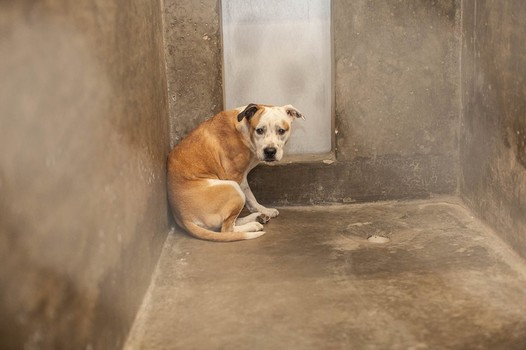
Over 7,000,000 people now live in communities with save rates above 90%. Bunnies, hamsters, and other animals get their due. A challenge to save a million more cats. No Kill is Love. And so much more. Yesterday, I posted about the No Kill movement’s remarkable year.
What makes that success possible is the work of individual communities. Communities like Seagoville, Texas which posted a 99% save rate for 2014. In the past, I’ve written about Seagoville’s transition to lifesaving. Transition, however, is a misnomer as it literally happened in minutes. One day they were killing; the next day under a new director they were not. In fact, under the director’s first full year, they killed fewer animals all year than used to be killed in a week. In 2014, they did not kill a single cat.
They are not alone in their lifesaving success. Lynchburg, Virginia, flipped the numbers around, going from a once deadly 49% save rate to 2014’s 94% with a change in leadership.
And then, of course, there is Madison County, Arkansas, which posted only a 26% save rate in 2013 and has been at 98% over the last six months, once again thanks to a new director.
But this isn’t the story of only three communities. It is the story of hundreds across the county which collectively form a movement saving millions of animals. In the coming weeks and months, we’ll hear about more of them, lots more.
Of course, there is still a lot to work to do. Animals in other communities aren’t so lucky. Their shelters are not run by passionate people who are dedicated to saving lives. Their staff do not have a “can do” attitude. Their directors do not embrace proven solutions; they hide behind excuses. I just finished reading J.S. Coetzee’s Nobel Prize winning novel “Disgrace.” It is disturbing in so many ways, not the least of which is the protagonist describing a shelter on a day they are killing dogs,
“[D]espite the airtight bags in which they tie the newmade corpses, the dogs in the yard smell what is going on inside. They flatten their ears, they droop their tails, as if they too feel the disgrace of dying; locking their legs, they have to be pulled or pushed or carried over the threshold. On the table some snap wildly left and right, some whine plaintively; none will look straight at the needle: which they somehow know is going to harm them terribly:
“He does not dismiss the possibility that at the deepest level [the person killing the dog] may not be a liberating angel but a devil, that beneath her show of compassion may hide a heart as leathery as a butcher’s:
“What the dog will not be able to work out: what his nose will not tell him, is how one can enter what seems to be an ordinary room and never come out again. Something happens in that room, something unmentionable… It will be beyond him, this room that is not a room but a hole where one leaks out of existence.”
It is enough to make you throw the book across the room and hold your head in your hands and cry. And so while we celebrate the tremendous progress we are making; while we take stock of the fact that millions live in communities where this is the aberration and not the norm; while we celebrate the Seagovilles and Lynchburgs and Madison Counties; while we marvel at the fact that two decades ago, every community in the nation was killing and today, many do not; until every last shelter embraces the No Kill philosophy and the programs and services which make it possible, until no dogs have to flatten their ears or droop their tails as they enter “a hole where one leaks out of existence” and face a needle “which they somehow know is going to harm them terribly,” we will endure in our great and noble work.
A work that will, in the hopefully not-too-distant future, make shelter killing an ugly relic of the past. Once again, not only will we save lives; but we will create a future where every animal will be respected and cherished, and where every individual life will be protected and revered.
————-
Have a comment? Join the discussion by clicking here.